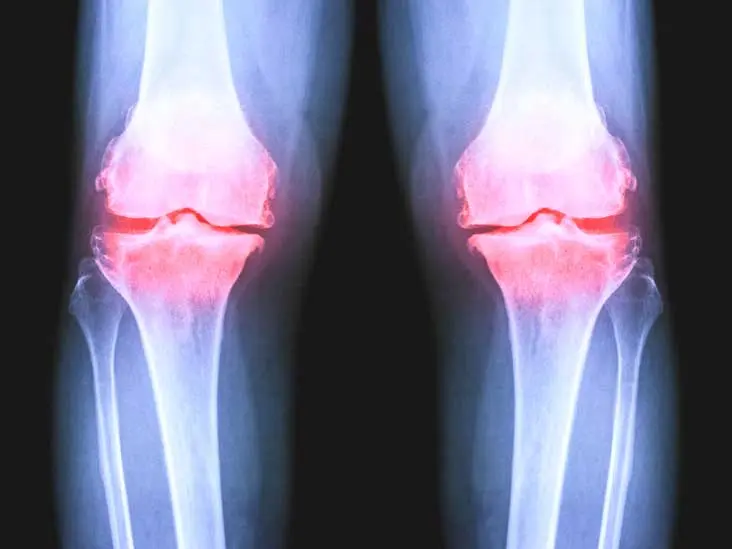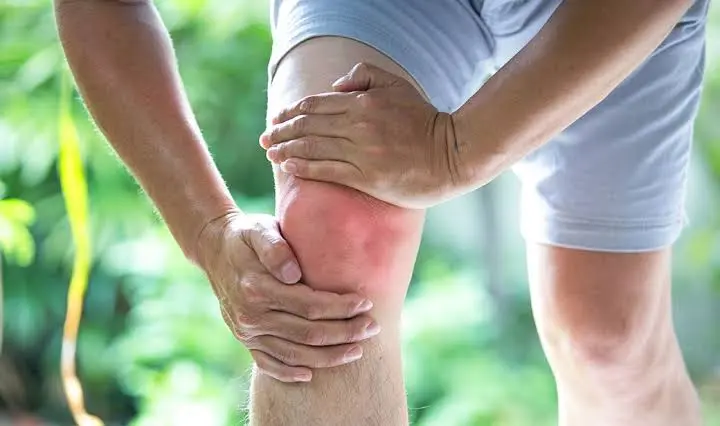Knee pain is a common complaint, affecting millions of people worldwide. It can be caused by various factors, including injury, arthritis, overuse, and even poor posture. While knee replacement surgery is an option in severe cases, there are many effective non-invasive treatments available to help manage pain and improve function.
This article explores five of the most popular non-invasive treatments for knee pain:
1. Physical Therapy and Exercise:
Exercise might seem counterintuitive when your knees are hurting, but it’s one of the most effective ways to manage knee pain in the long run. Physical therapy strengthens the muscles surrounding the knee joint, improving stability and reducing stress on the joint itself. A physical therapist will design a personalized exercise program specifically tailored to your needs and limitations. This program might include:
- Strengthening exercises: Building strong muscles around the knee joint improves support and stability, reducing the risk of further injury and pain.
- Range-of-motion exercises: These exercises help maintain flexibility in the knee joint, preventing stiffness and improving your ability to perform daily activities.
- Low-impact exercises: Activities like swimming, cycling, and elliptical training provide a cardiovascular workout without putting excessive stress on your knees.
- Physical therapy can also incorporate other techniques like:
- Manual therapy: This hands-on approach involves massage and mobilization techniques to improve joint mobility and reduce pain.
- Heat and cold therapy: Applying heat packs can help relax muscles and ease stiffness, while cold therapy can reduce inflammation and pain.
- Electrical stimulation: This technique uses low-level electrical currents to stimulate muscle contraction and improve pain management.
2. Weight Management:
If you’re carrying extra weight, it puts additional strain on your knees. Losing even a few pounds can significantly reduce knee pain. A healthy diet and regular exercise are crucial for weight management and overall knee health.
3. Medication:
Over-the-counter pain relievers like acetaminophen, ibuprofen, and naproxen can help manage pain and inflammation. However, it’s essential to follow the recommended dosage and not overuse these medications, as they can have side effects. Talk to your doctor about the best pain medication for your individual situation.
3. Assistive Devices:
Using supportive devices like knee braces can help stabilize the joint and reduce pain during activities. There are different types of braces available, so it’s important to consult a doctor or physical therapist to determine which one is right for you. Here are some examples of assistive devices that can be helpful:
- Knee sleeves: These lightweight sleeves provide mild compression and warmth to the joint.
- Hinged knee braces: These braces offer more support and stability, often used for ligament injuries or chronic pain.
- Cane or walking stick: Using a cane or walking stick can help take pressure off your knees, particularly when walking long distances.
5. Alternative Therapies:
Several alternative therapies have shown promise in managing knee pain, although the research is ongoing:
- Acupuncture: This traditional Chinese medicine practice involves inserting thin needles into specific points on the body. Studies suggest acupuncture may be effective in reducing knee pain associated with osteoarthritis.
- Massage therapy: Massage can help relax muscles, improve circulation, and reduce pain.
- Yoga: Yoga combines physical postures, breathing exercises, and meditation. Some yoga poses can improve flexibility and strength around the knee joint, potentially reducing pain.
Important Considerations:
While these non-invasive treatments can be very effective, it’s important to note that they may not be suitable for everyone. Consulting a healthcare professional for proper diagnosis and treatment plan is crucial. Here are some signs that you might need to see a doctor:
- Sudden or severe knee pain
- Persistent pain that doesn’t improve with rest or self-care
- Swelling or redness around the knee joint
- Instability or difficulty walking
- Inability to bend or straighten the knee fully
Conclusion:
Knee pain can be disruptive and make it difficult to enjoy daily activities. Fortunately, there are several effective non-invasive treatment options available. By exploring these options, you can manage your pain, improve your knee function, and get back to living an active life. Remember, early diagnosis and intervention are key to successful treatment. If you’re experiencing knee pain, consult your doctor to discuss the best course of action for you.

